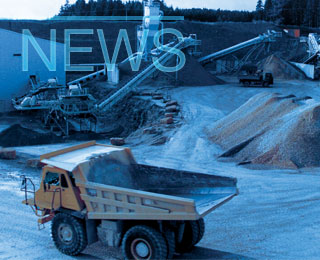Iran’s cement industry faces deepening energy challenges as fuel restrictions impact production, according to the Secretary of the Cement Industry Employers’ Association (CIEA). Cement plants near key cities, which are not able to switch to diesel as alternative fuel, have been forced to cut production by 50 per cent as the supply of gas is restricted. Plants away from cities continue operations using diesel but face supply shortages and increased transportation costs.
In October, Iranian President Masoud Pezeshkian ordered the cessation of heavy fuel oil usage in power plants in cities such as Arak, Karaj, and Isfahan, citing public health concerns. He remarked: “Some people are not going to die until we have electricity.”
Moreover, the CIEA secretary said that electricity supply problems have also exacerbated energy issues experienced by the cement plants. Restrictions, which had started in mid-June, peaked in August, resulting in the closure of 70 per cent of cement kilns at a time when local demand increases, putting pressure on the market. Power supply improved at the end of the summer, stabilising cement prices in the commodity exchange, reports Iran News Update.
If current fuel policies remain unchanged, the cement industry could face a severe production crisis, warned the CIEA secretary. Plants are required to source fuel from distant hubs such as Mahshahr or Bandar Abbas, with high transportation costs and a shortage of fleets adding to the logistical bottleneck.
